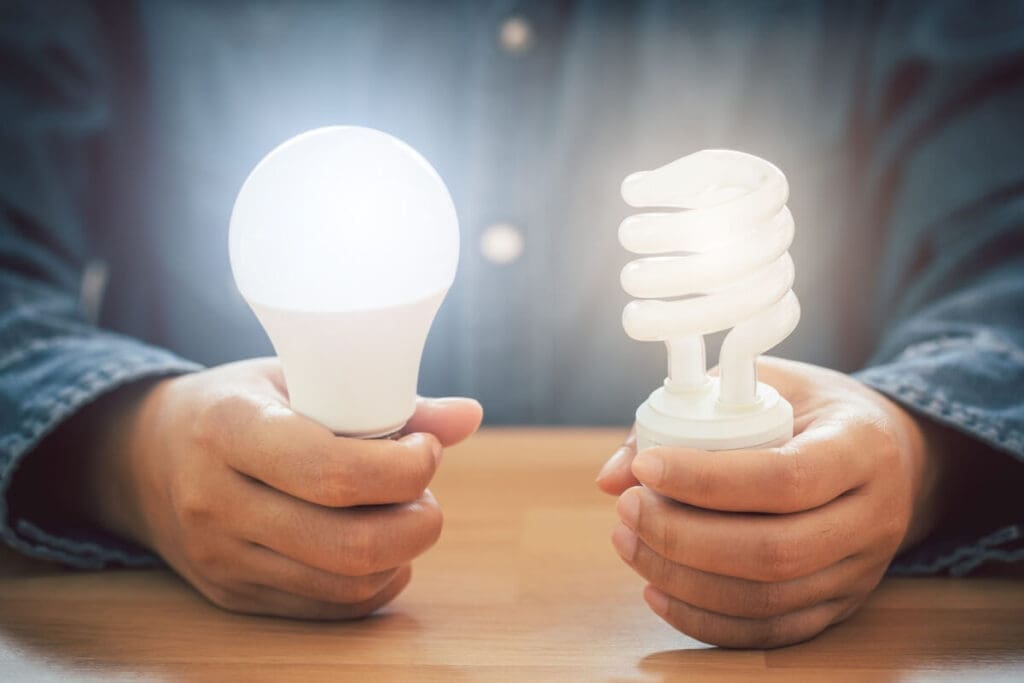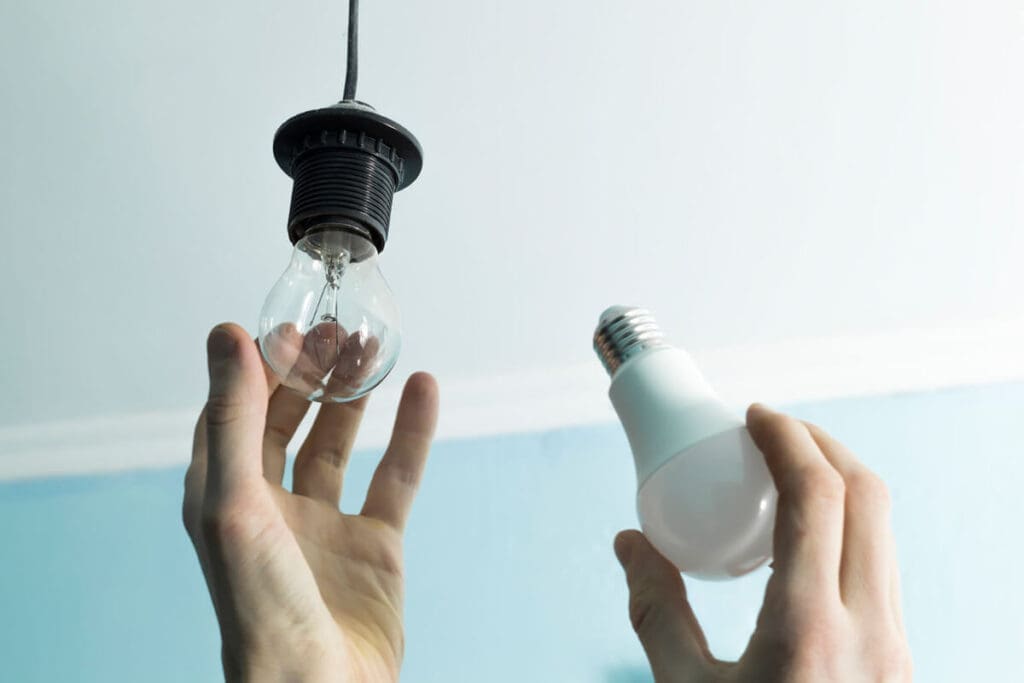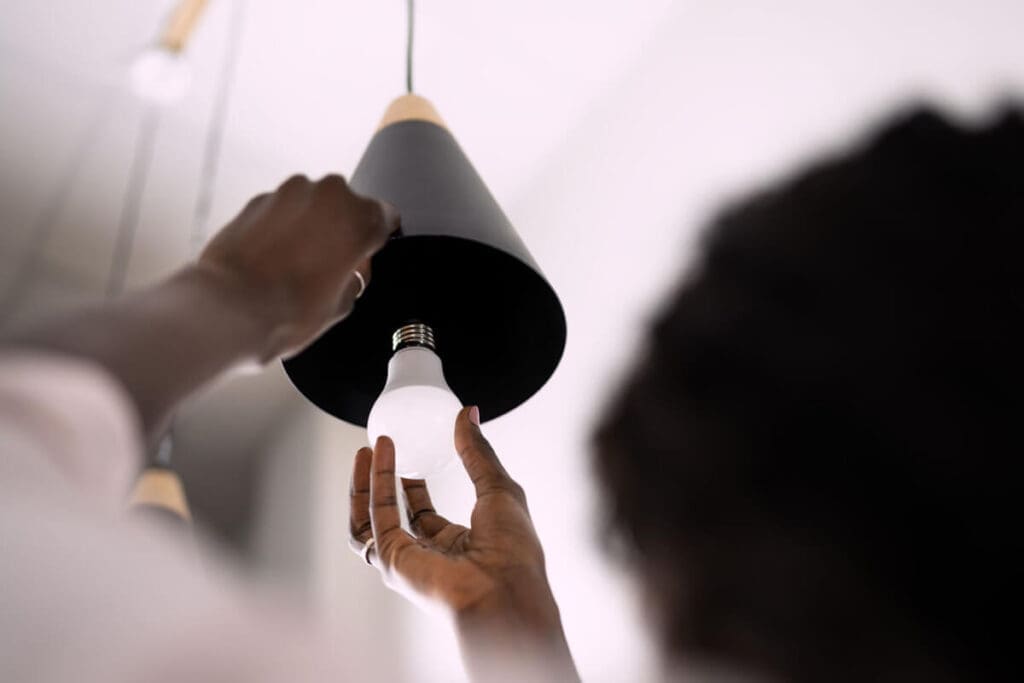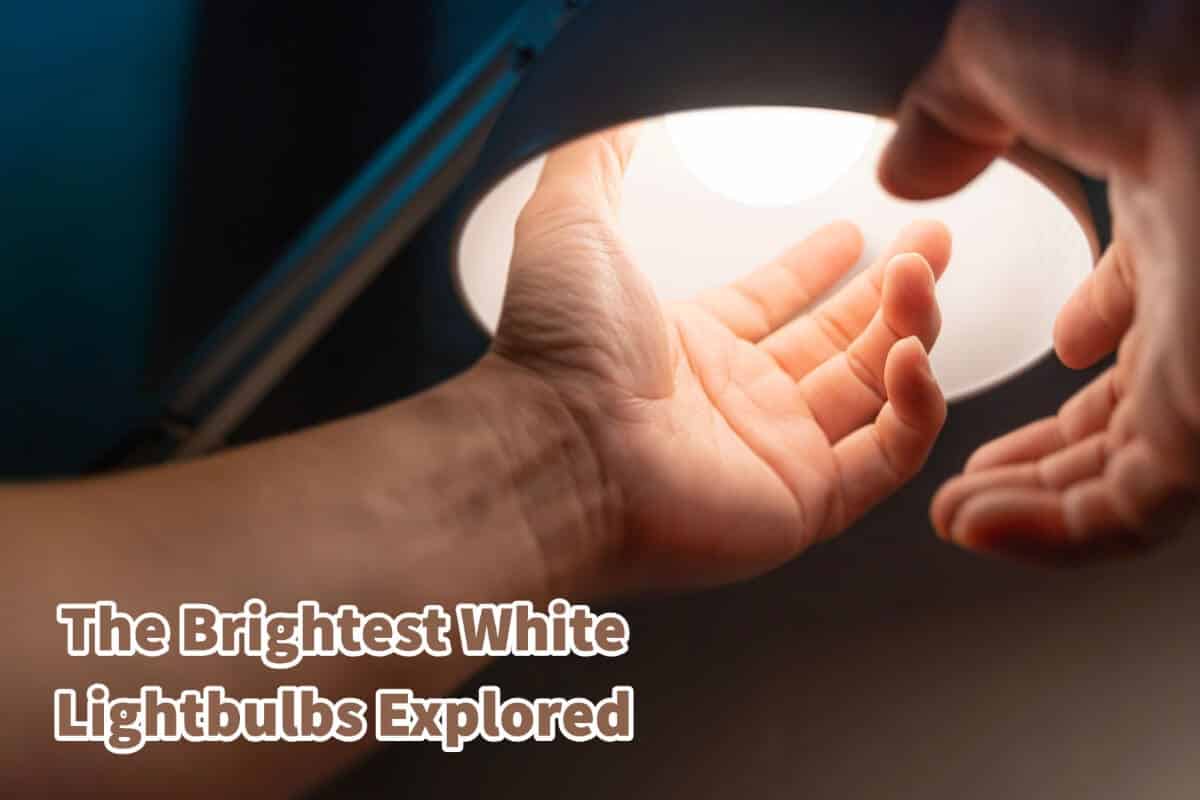Choosing the correct lighting doesn’t have to be complicated, but it’s essential to understand a few critical principles before diving in. Whether you’re seeking a warm ambiance for your home or vivid illumination for a restaurant, understanding the distinction between lumens and watts and the impact of color temperatures can help guide you to the best decision.
From the cozy corners of a living room to the functional spaces in a commercial kitchen, selecting the proper lighting is more than a simple matter of brightness. It’s a delicate balance between the application, the bulb’s characteristics, and the desired atmosphere. Read on as we deliver on choosing the best bright white lightbulb.
Table of Contents
- A Comprehensive Guide To Choosing The Brightest White Lightbulbs
- Incandescent Vs. LED Light Bulbs: A Comparative Study
- Exploring The Kelvin Scale: The Color Temperature Of Lightbulbs
- Harnessing Versatility: Adjustable LED Bulbs With Color-Changing Technology
- Lumens And Watts: The True Measures Of Lightbulb Brightness
- Related Content
A Comprehensive Guide To Choosing The Brightest White Lightbulbs
Whether for a snug corner at home, a bustling restaurant, or a practical workspace, choosing the proper lighting is more complex than selecting the brightest bulb on the shelf. Many of us feel bewildered when illuminating our surroundings, and questions arise.
How does a light bulb’s brightness correlate to its energy consumption? Why do some bulbs emit a cozier glow while others cast a harsher light? How does one decode the technical jargon sprawled across a light bulb package?
This comprehensive guide will demystify these complexities. From understanding the difference between lumens and watts, diving into the intricacies of color temperature, to appreciating the unique characteristics of LED and incandescent bulbs, you’ll soon discover that selecting the appropriate lighting doesn’t have to be a daunting task.

Incandescent Vs. LED Light Bulbs: A Comparative Study
Many light bulbs are available in the market, each with advantages and application areas. Among these, incandescent and LED bulbs are notably the most prevalent, serving different lighting needs.
Due to their affordability, incandescent bulbs are a common choice for many homeowners. They emit a warm, yellowish hue that’s ideal for spaces where a calming and cozy ambiance is desired.
The soft light from incandescent bulbs is a perfect fit, from desk and table lamps to accent lighting in living areas to the dimly lit corners of storage rooms or closets. However, they are not the most energy-efficient option and have a relatively shorter lifespan.
On the other hand, LED light bulbs employ a light-emitting diode, a technology that uses a solid-state semiconductor. This semiconductor emits light when a current passes, offering high efficiency and longevity. LED bulbs emit more lumens per watt and can last up to 20 times longer than their incandescent counterparts.
LED Bulbs Can Produce A Bright White Light
For instance, a 10W LED bulb can produce the same light as a 60W incandescent bulb. This durability makes LED bulbs suitable for hard-to-reach or frequently used areas where constantly changing bulbs are inconvenient.
Because LED bulbs offer bright white light and are energy efficient, they are the best option for bright white light for many uses.
Exploring The Kelvin Scale: The Color Temperature Of Lightbulbs
The appearance of a bulb’s light, whether it casts a warm glow or an excellent illumination, is described by the concept of color temperature.

The Kelvin Scale defines this characteristic, measuring from 1,000 to 10,000 degrees. The relevant residential and commercial lighting range is between 2000K and 6500K.
A color temperature of 2000K-3000K corresponds to a warm white light, resembling a soft evening glow or a candle’s flame. This range is characteristic of warm incandescent or LED light, setting a cozy and relaxing ambiance. It’s particularly favored in restaurants and residential areas where comfort and tranquility are prioritized.
For a cooler, brighter, and more alert ambiance, a color temperature of 3100K-4500K is recommended. This fantastic white light is refreshing and functional, ideal for task-oriented spaces such as garages, basements, or workstations.
Finally, a color temperature of 4600K-6500K mimics daylight and tends to give off a bluer tone. This range offers a crisp, relaxed ambiance, making it the best light bulb for reading, display areas, security lighting, or any place where clear visibility is essential.
Harnessing Versatility: Adjustable LED Bulbs With Color-Changing Technology
In the quest for versatility and customization, adjustable LED bulbs equipped with color-changing technology are making their mark. These innovative light bulbs allow users to adjust the color temperature depending on their specific needs and preferences at any given moment.
This technology can shift from a soft, warm glow to a bright, excellent illumination using the same bulb. Such adaptability offers significant advantages, potentially saving space and reducing expenditure as fewer bulbs are needed to cater to diverse lighting requirements.

Lumens And Watts: The True Measures Of Lightbulb Brightness
When determining the brightness of a light bulb, it’s vital to understand the distinction between lumens and watts. These two units of measurement often confuse, yet they are crucial for making an informed decision about the correct light bulb.
Watts is a measure of electrical power consumption. If a bulb is rated at 60 watts, it will consume 60 watts of electrical power. However, watts don’t reflect the brightness of the light bulb. That’s where lumens come in.
Lumens, on the other hand, measure the total quantity of visible light emitted by a source – in other words, the brightness of a bulb.
For instance, a typical 40W incandescent bulb equates to around 400+ lumens. The higher the lumen rating, the greater the light output and the brighter the bulb.
Understanding the difference between lumens and watts is fundamental when selecting lighting for any space. It’s not just about the energy a light bulb uses but also its brightness. A high-lumen output is often desirable, but it’s equally important to ensure the color temperature aligns with the desired ambiance and functionality of the room.
Illuminating Insights For Lighting Choices
Choosing the correct light bulb isn’t solely about identifying the brightest option. It requires a holistic understanding of the bulb’s characteristics and application.
Knowledge about the Kelvin scale, the differences between lumens and watts, and the unique features of incandescent and LED bulbs will illuminate your path to making the perfect lighting choice. With this in-depth understanding, your journey to buying the brightest white light bulb will be enlightening and empowering.
If you want to see how Mondoro can help you with your Ul Certified lamp needs, we would love to talk to you about how we can help you.
Find out more about how Mondoro can help you create, develop, and manufacture excellent home decor and furniture products – don’t hesitate to contact me, Anita. Check out my email by clicking here or become a part of our community and join our newsletter by clicking here.
Mondoro gives out a FREE Lookbook to anyone interested. You can receive a copy of our latest Lookbook by clicking here.
Listen to our Podcast called Global Trade Gal. You can find it on all major podcast platforms. Try out listening to one of our podcasts by clicking here.
Subscribe to our Mondoro Company Limited YouTube Channel with great videos and information by clicking here.
Related Content
What Is The Difference Between LED, CFL, And Incandescent Light Bulbs?
There can be some confusion about the difference between an LED or incandescent bulb and which light bulb is the most energy-efficient.
You can discover more by reading What Is The Difference Between LED, CFL, and Incandescent Light Bulbs? by clicking here.
What Are The Standard Light Bulb Base Socket Types And Sizes?
It can get confusing when considering different light bulb socket bases. Many people get confused about the other numbers used for each light bulb base and their meanings.
You can discover more by reading our blog, What are the Standard Light Bulb Base Socket Types and Sizes? by clicking here.
Meaning Of The Incandescent Wattage Sticker On Your Lamp Socket
The incandescent warning sticker on your lamp socket helps inform consumers what wattage lightbulb they can safely use for their lamp. The sticker also indicates that the lamp has been tested up to the UL or ETL standard for the amount of wattage listed.
You can discover more by reading our blog Meaning Of The Incandescent Wattage Sticker On Your Lamp Socket by clicking here.

